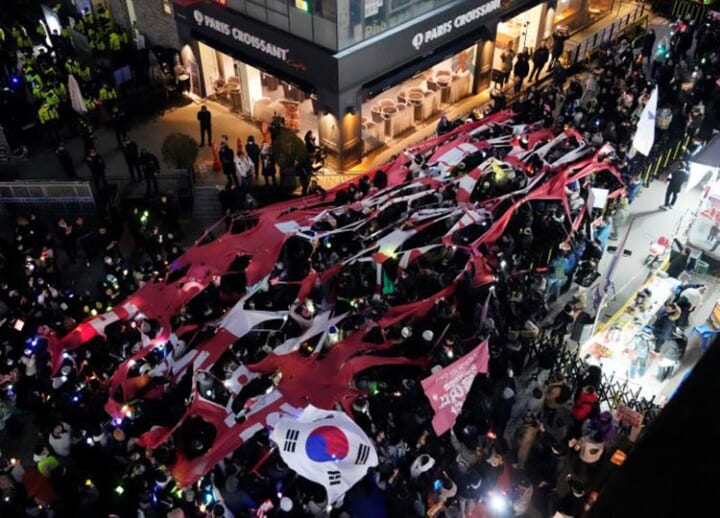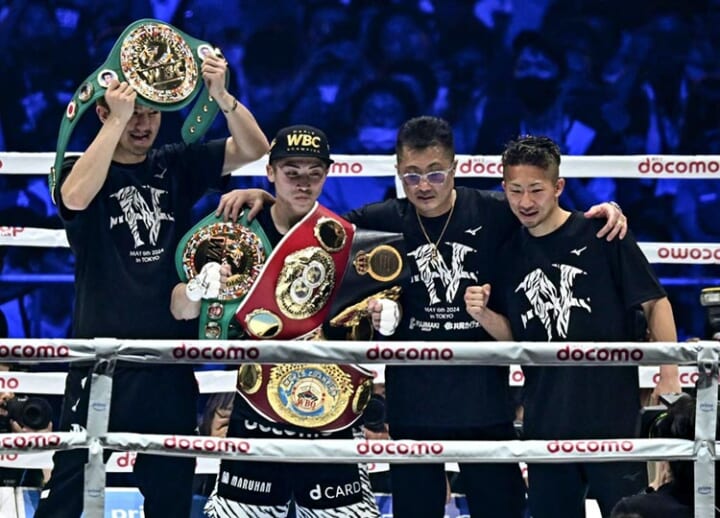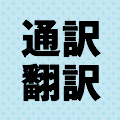The Bank of Japan on March 19 decided to scrap the world’s last negative rate policy, introducing a rate hike for the first time in 17 years. The historic move follows robust pay increases that have heightened the BOJ’s confidence that a healthy wage-price cycle is taking root in Japan.
The central bank said in a statement released after its two-day policy meeting that such a cycle is more evident now, and “it came in sight that the price stability target of 2% would be achieved in a sustainable and stable manner” in the coming years.
Yet BOJ Gov. Kazuo Ueda hinted that it would be some time before the central bank rolls out further rate hikes.
“We will likely be able to avoid a path of rapid rate hikes based on the current economic outlook,” Ueda said during a news conference after the meeting.
The negative rate policy, which was implemented in 2016, had been a symbol of the BOJ’s ultraloose monetary stimulus that lasted over a decade, and its end highlights how the central bank finally intends to roll back the complex policy settings crafted under its previous governor, Haruhiko Kuroda. (The Japan Times)











 毎週届く!
毎週届く!

